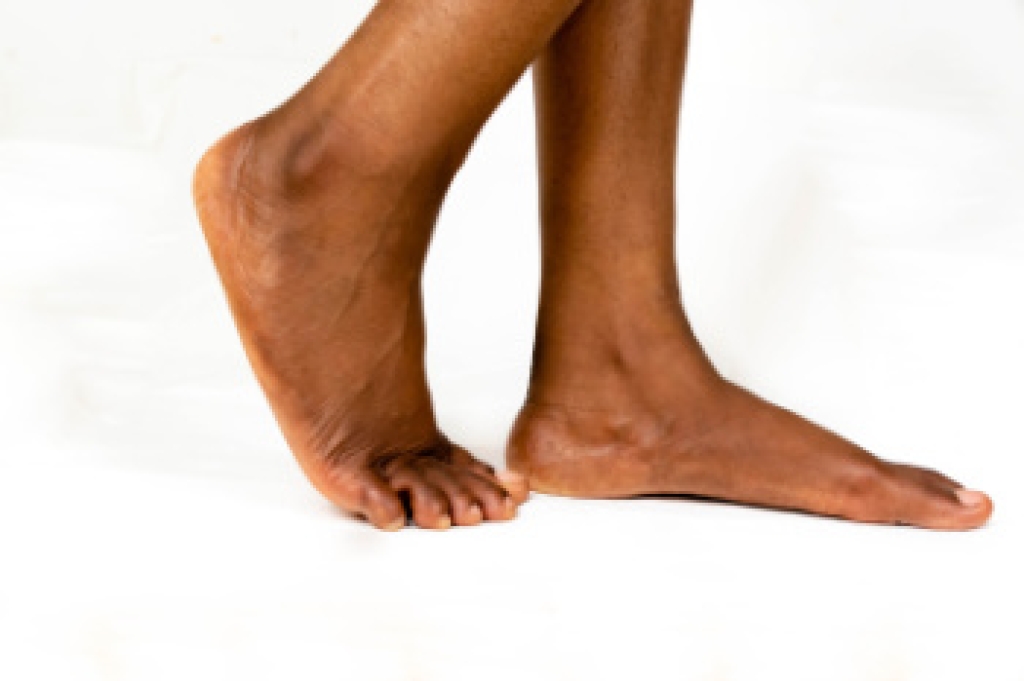
Finding shoes for wide feet starts with understanding what makes the foot feel cramped inside a narrow design. Some people are born with a wider forefoot, while others notice widening over time as ligaments loosen. Sometimes deformities like bunions or hammertoes change the shape of the toes. Wearing shoes that lack adequate support or have a tight, shallow toe box can lead to rubbing, pressure, and changes in toe position. A podiatrist can evaluate the width of the foot, the height of the arch, and any areas that require extra space to prevent irritation. Shoes offered in wide sizes, with softer materials and a deep, rounded toe box, often reduce pressure on the toes and the outer edges of the foot. Flip-flops rarely provide the structure needed for wide feet and can worsen discomfort. If you have foot or shoe problems related to wide feet, it is suggested that you make an appointment with a podiatrist for a diagnosis and treatment options.
It is important to find shoes that fit you properly in order to avoid a variety of different foot problems. For more information about treatment, contact one of our podiatrists from Waterbury Podiatry Consultants. Our doctors will treat your foot and ankle needs.
Proper Shoe Fitting
Shoes have many different functions. They cushion our body weight, protect our feet, and allow us to safely play sports. You should always make sure that the shoes you wear fit you properly in order to avoid injuries and deformities such as: bunions, corns, calluses, hammertoes, plantar fasciitis, stress fractures, and more. It is important to note that although a certain pair of shoes might be a great fit for someone else, that doesn’t mean they will be a great fit for you. This is why you should always try on shoes before buying them to make sure they are worth the investment. Typically, shoes need to be replaced ever six months to one year of regular use.
Tips for Proper Shoe Fitting
- Select a shoe that is shaped like your foot
- Don’t buy shoes that fit too tight, expecting them to stretch to fit
- Make sure there is enough space (3/8” to ½”) for your longest toe at the end of each shoe when you are standing up
- Walk in the shoes to make sure they fit and feel right
- Don’t select shoes by the size marked inside the shoe, but by how the shoe fits your foot
The shoes you buy should always feel as good as they look. Shoes that fit properly will last longer, feel better, and improve your way of life each day.
If you have any questions please contact our offices located in Waterbury and Southington, CT . We offer the newest diagnostic and treatment technologies for all your foot and ankle needs.




